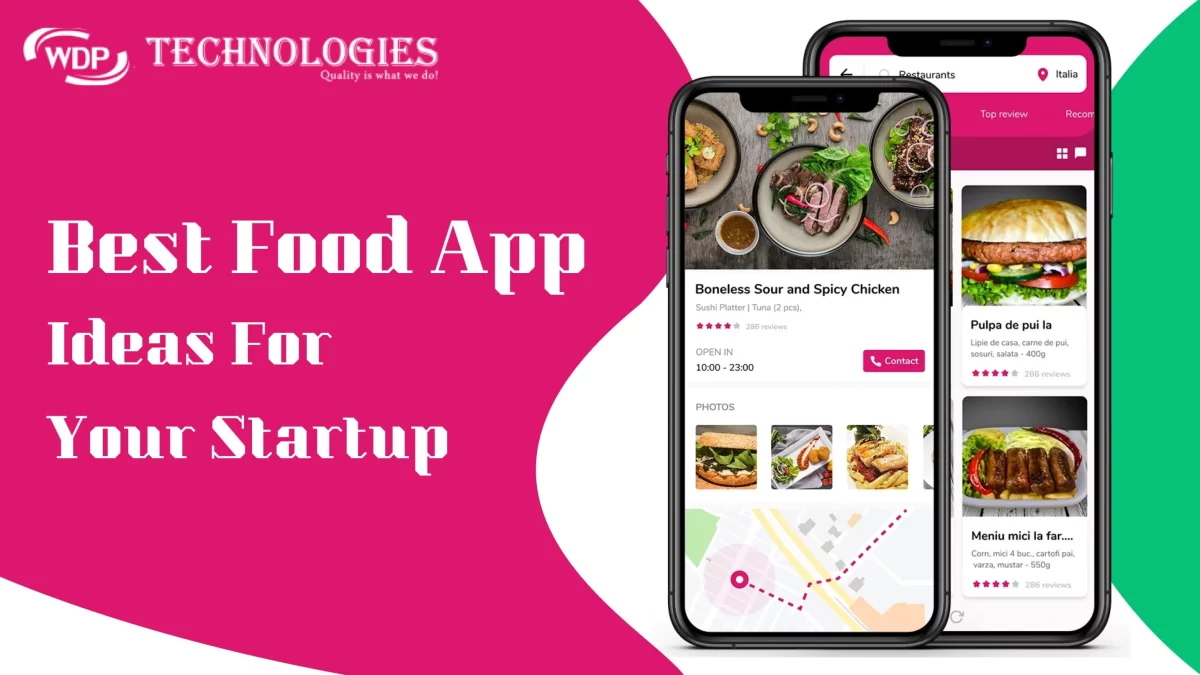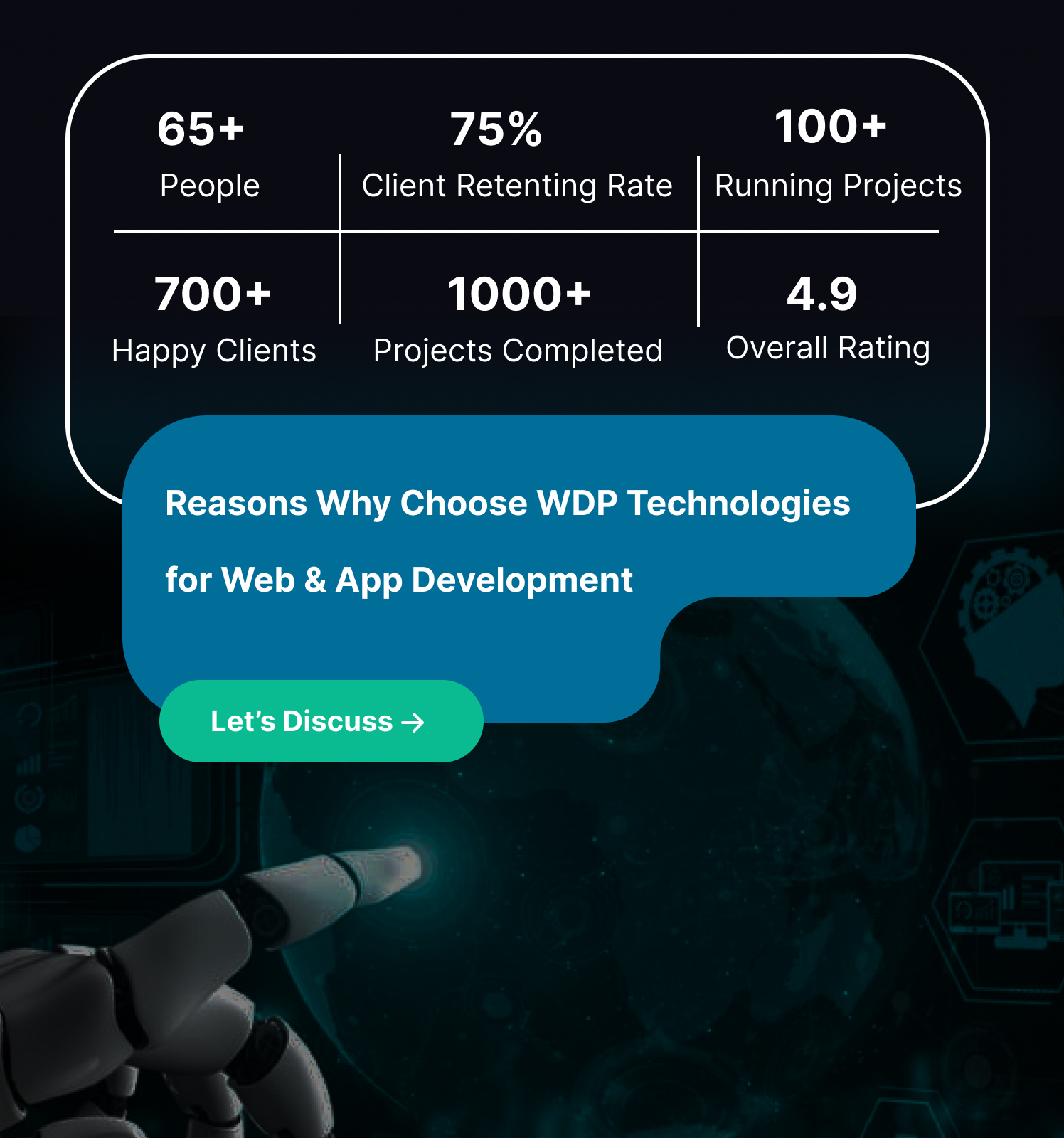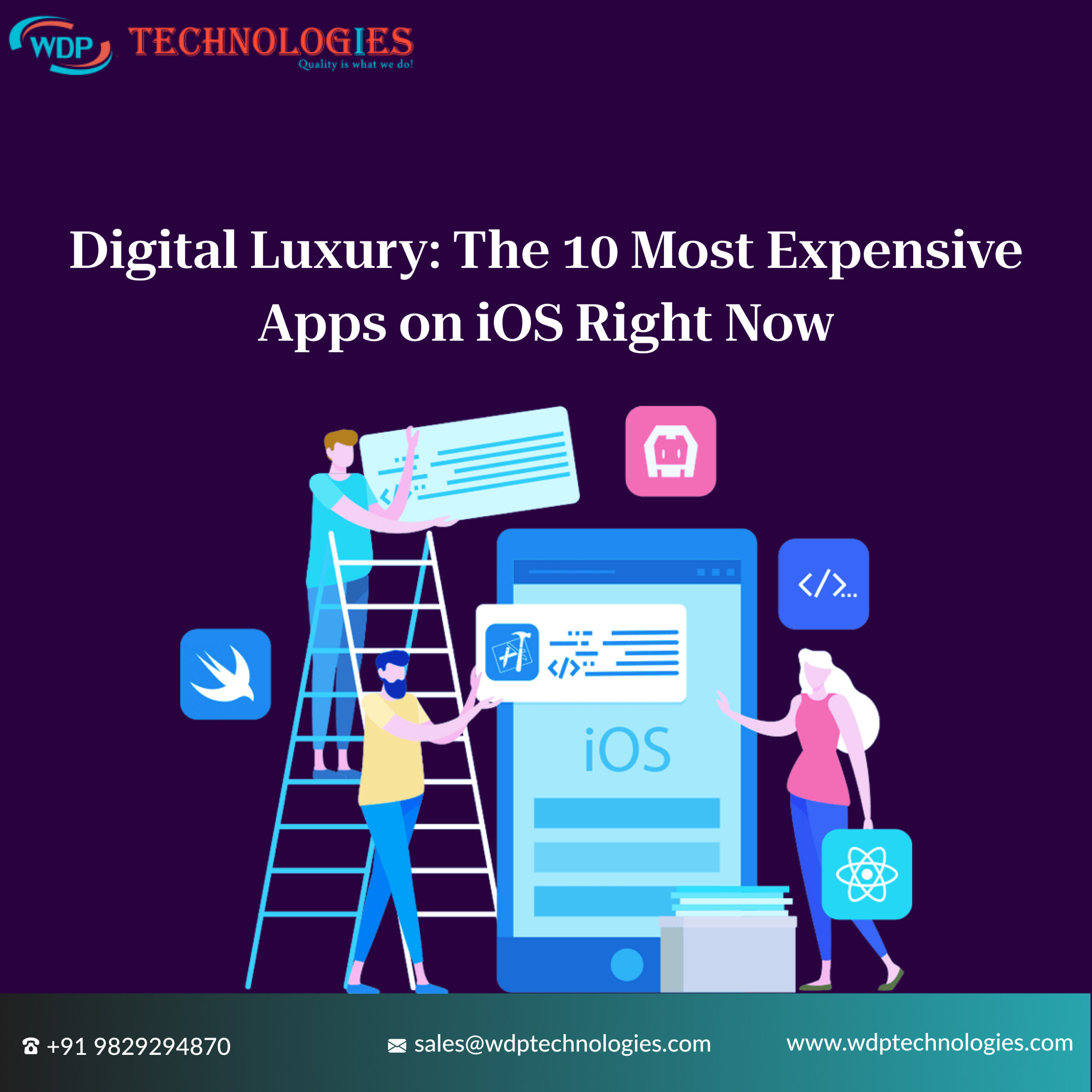Food industry is witnessing a remarkable transformation, largely driven by innovative technology solutions. Food apps have become an integral part of our daily lives, offering convenience, variety, and efficiency at our fingertips. For entrepreneurs looking to venture into the culinary world, developing a food app can be a promising endeavor. Whether you’re aiming to streamline restaurant operations, enhance culinary experiences, or revolutionize food delivery, here are 20 food app ideas to inspire your startup journey:
20 Profitable Food App Ideas 2024
The food industry is booming, and there’s no better time to jump in with innovative food app ideas. Whether you’re a seasoned restaurateur or a tech whiz with a passion for food, this list of food app ideas has something to get your entrepreneurial journey.
1. Virtual Kitchen Assistant:
This app would function as a digital companion for home cooks, offering features such as personalized recipe recommendations based on dietary preferences, ingredient availability, and cooking skill level. It could also provide cooking tips, step-by-step instructions, and video tutorials to assist users in preparing delicious meals.
2. Farm-to-Table Marketplace:
This platform would connect local farmers, producers, and artisans directly with consumers, enabling users to browse and purchase fresh, seasonal produce, meats, dairy products, and specialty items sourced from nearby farms and food producers. It could also include features like online ordering, delivery options, and farmer profiles highlighting their farming practices and products.
3. Community Recipe Sharing:
Users would be able to share their favorite recipes, cooking tips, and culinary experiences with a community of fellow food enthusiasts. The app could include features like recipe tagging, user ratings, and comments, fostering engagement and interaction among users. Additionally, it could offer personalized recipe recommendations based on users’ preferences and cooking history.
4. Custom Meal Planning:
This app would help users plan their meals efficiently by generating personalized meal plans based on their dietary goals, nutritional needs, and taste preferences. It could include features like recipe suggestions, grocery lists, and meal prep tips, making it easier for users to eat healthily and stay organized in the kitchen.
5. Food Allergy Tracker:
Designed for individuals with food allergies or sensitivities, this app would provide valuable information on allergen-containing ingredients, cross-contamination risks, and safe dining options at restaurants and grocery stores. It could also include features like allergy-friendly recipe suggestions, ingredient scanning tools, and personalized allergy profiles to help users manage their dietary restrictions effectively.
6. Ethical Dining Guide:
This app would highlight restaurants, cafes, and food establishments that prioritize sustainability, ethical sourcing, and eco-friendly practices. Users could explore curated lists of green restaurants, read sustainability ratings and reviews, and learn about initiatives like farm-to-table sourcing, zero-waste practices, and eco-friendly packaging options.
7. Interactive Cooking Classes:
Offering both live and on-demand cooking classes led by professional chefs, this app would cater to users of all skill levels and culinary interests. It could feature a diverse range of cuisines, cooking techniques, and themed workshops, allowing users to learn new recipes and improve their cooking skills from the comfort of their own kitchens.
8. Augmented Reality Menu Viewer:
Utilizing augmented reality technology, this app would enable users to visualize restaurant menus in 3D, allowing them to see realistic renderings of dishes before placing their orders. It could also include features like dish recommendations, nutritional information overlays, and virtual table settings to enhance the dining experience further.
9. Food Waste Reduction Tracker:
Designed to help users minimize food waste at home, this app would offer meal planning tools, leftover recipe suggestions, and expiration date reminders to help users make the most of their ingredients and reduce food waste. It could also include features like inventory management, shopping list optimization, and sustainability tips to promote eco-friendly eating habits.
10. Personalized Restaurant Recommendations:
By analyzing users’ dining preferences, past restaurant experiences, and location data, this app would provide personalized restaurant recommendations tailored to individual tastes and preferences. It could also include features like reservation booking, special offers, and user-generated reviews to help users discover new dining destinations and make informed decisions.
11. Crowdsourced Food Reviews:
Acting as a platform for user-generated content, this app would allow users to share honest reviews, ratings, and photos of restaurants, dishes, and food products. It could include features like review filtering, restaurant search, and social sharing options, enabling users to find trusted recommendations and discover hidden culinary gems.
12. Contactless Dining Experience:
In response to the COVID-19 pandemic and the growing demand for contactless services, this app would enable users to browse menus, place orders, and pay for meals at restaurants using their smartphones. It could include features like QR code scanning, mobile ordering, and contactless payment options, prioritizing safety, and convenience for both customers and restaurant staff.
13. Global Food Market Explorer:
This app would allow users to explore and discover exotic ingredients, spices, and culinary specialties from around the world, providing valuable information on sourcing, cooking techniques, and cultural significance. It could include features like virtual food tours, ingredient sourcing guides, and international recipe collections, inspiring users to embark on culinary adventures and explore new flavors and cuisines.
14. DIY Meal Kit Delivery:
Offering a convenient and hassle-free cooking solution, this app would provide subscription-based meal kits with pre-portioned ingredients and easy-to-follow recipes delivered directly to users’ doorsteps. It could include features like meal customization, dietary accommodations, and flexible delivery options, allowing users to enjoy restaurant-quality meals prepared in their own kitchens without the stress of meal planning and grocery shopping.
15. Food Photography Community:
Catering to food photographers and enthusiasts, this app would serve as a social platform for sharing stunning food imagery, exchanging photography tips, and participating in photo challenges and contests. It could include features like photo editing tools, creative filters, and photography tutorials, fostering a vibrant community of food lovers and aspiring photographers.
16. Smart Pantry Organizer:
This app would help users organize and manage their pantry inventory, track expiration dates, and receive notifications for replenishing essential ingredients. It could include features like barcode scanning, inventory categorization, and pantry optimization suggestions, making it easier for users to keep track of their groceries and minimize food waste.
17. Culinary Travel Planner:
Designed for travelers seeking authentic culinary experiences, this app would curate curated lists of local food markets, street food vendors, cooking classes, and food tours in destinations around the world. It could include features like destination guides, itinerary planning tools, and user reviews, helping travelers immerse themselves in the local food culture and discover hidden gastronomic treasures.
18. Ingredient Substitution Guide:
This app would provide users with a comprehensive database of ingredient substitutions for common dietary restrictions, allergies, and culinary preferences. It could include features like ingredient search, substitution suggestions, and recipe modification tips, empowering users to adapt recipes to their dietary needs and culinary preferences without compromising flavor or texture.
19. Food Donation Network:
Serving as a platform for food redistribution, this app would connect restaurants, bakeries, and grocery stores with surplus food to local shelters, food banks, and community organizations in need. It could include features like food donation scheduling, pickup coordination, and donation tracking, facilitating food donations and reducing food waste while addressing food insecurity in local communities.
20. Virtual Restaurant Franchise:
This app would offer aspiring chefs and food entrepreneurs a virtual restaurant franchise model, providing a turnkey solution for launching and managing their own food delivery or dining concept through a centralized app platform. It could include features like menu customization, branding tools, and operational support, allowing entrepreneurs to focus on culinary innovation and customer service while leveraging the app’s infrastructure and technology.
Also Read: Free Intermittent Fasting Apps
Also Read: AI App Ideas
Market Stats for Food App Ideas
The global online food delivery market is projected to reach a whopping US$0.91 trillion in 2023, with a steady growth rate exceeding 12% until 2027. This suggests a massive opportunity for innovative delivery concepts.AI-powered recommendations are a hot trend.
The average American spends over $150 a month on food delivery, and personalization is key to keeping them coming back. Augmented reality is on the rise. While the technology is new, it has the potential to revolutionize the restaurant experience, with a market projected to reach $80 billion by 2025.
Cost to Turn Food App Ideas into Reality
Building a food app can cost anywhere from a few thousand dollars to hundreds of thousands, depending on how complex you want it to be. Simpler apps for browsing menus and ordering might cost $12,000 to $25,000 while feature-rich apps with live tracking and loyalty programs can reach $50,000 or more.
The final cost depends on several factors like the number of features, your development team (in-house vs outsourced), if you build for both Android and iPhone, and the design complexity. To save money, consider starting with a basic version (MVP) and adding features later, explore pre-built solutions you can customize, and compare quotes from different development companies.
Does these food Ideas have better future
Yes, the future of these food app ideas appears promising for several reasons:
1. Growing Demand:
There is a growing demand for convenience, personalization, and efficiency in the food industry, driven by changing consumer lifestyles and preferences. Food apps cater to these needs by offering solutions for meal planning, recipe discovery, food delivery, and dining experiences.
2. Technological Advancements:
Ongoing technological advancements, such as AI, machine learning, augmented reality, and IoT, continue to enhance the capabilities and user experiences of food apps. These technologies enable greater personalization, real-time data analysis, and immersive interactions, making food apps more sophisticated and user-friendly.
3. Shift towards Health & Sustainability:
There is a global trend towards healthier eating habits and sustainable food practices. Food apps play a crucial role in supporting these trends by offering features like nutrition tracking, sustainable sourcing, and eco-friendly dining options, aligning with consumers’ increasing awareness and concerns about health and environmental sustainability.
4. Market Growth and Competition:
The food app market is experiencing rapid growth and increasing competition, driven by the proliferation of smartphones, digital connectivity, and changing consumer behaviors. This creates opportunities for innovation, differentiation, and market expansion for both established players and startups in the food tech space.
5. Changing Dining Habits:
The COVID-19 pandemic has accelerated the adoption of digital solutions in the food industry, leading to increased reliance on food delivery, contactless dining, and virtual experiences. Even as pandemic-related restrictions ease, many of these digital dining habits are expected to persist, driving continued growth and innovation in the food tech sector.
6. Globalization & Cultural Exchange:
Food apps facilitate cultural exchange and exploration by offering users access to diverse cuisines, ingredients, and culinary traditions from around the world. This globalization of food experiences creates opportunities for collaboration, learning, and discovery, enriching the food app ecosystem and appealing to a broader audience.
How WDP Help To Transform Food App Ideas into Reality
WDP Technologies, an IT company, offers comprehensive services to assist in the development of food app ideas. With expertise in mobile app development across platforms like iOS, Android, and cross-platform solutions such as React Native and Flutter, their skilled developers can build high-quality, user-friendly applications tailored to specific requirements. Collaborating closely with clients, WDP’s design team ensures intuitive and visually appealing UI/UX designs that enhance user engagement. Customization, integration with third-party services, and development of scalable backend architectures are among their specialties.
They excel in API development for data aggregation and integration, ensuring seamless connectivity and real-time updates. Rigorous quality assurance and testing processes guarantee flawless performance across devices, while post-launch support and maintenance services ensure ongoing success. With strategic guidance and consultation, WDP Technologies helps refine ideas, identify market opportunities, and stay ahead of the competition, making them a reliable partner in transforming food app concepts into thriving realities.
Conclusion
Overall, the future outlook for these food app ideas is bright, fueled by technological advancements, changing consumer preferences, and the evolving landscape of the food industry. By staying attuned to market trends, embracing innovation, and delivering value-added experiences, food apps are well-positioned to thrive in the years to come.
Whether you’re passionate about sustainability, gastronomy, or culinary education, there’s ample room for innovation and growth in this thriving sector. So, roll up your sleeves, sharpen your knives, and embark on your culinary startup journey with these inspiring food app ideas as your guide.













